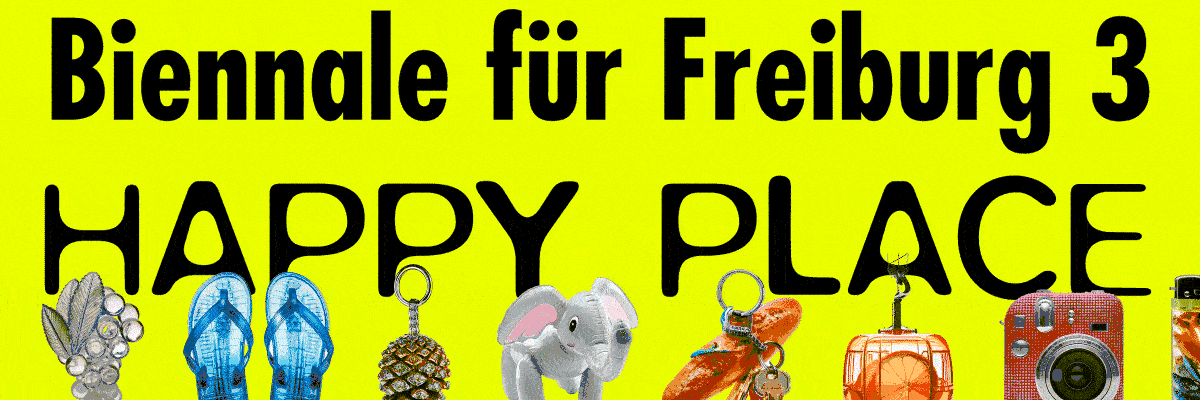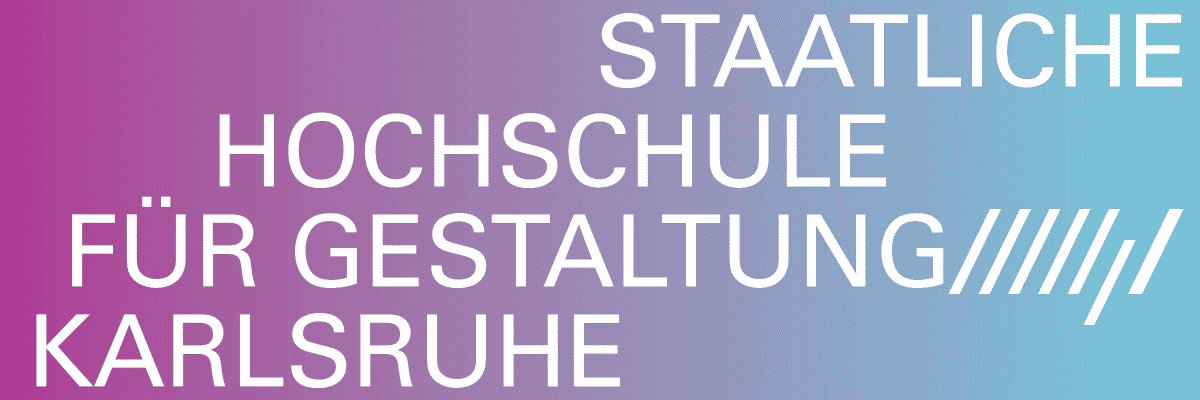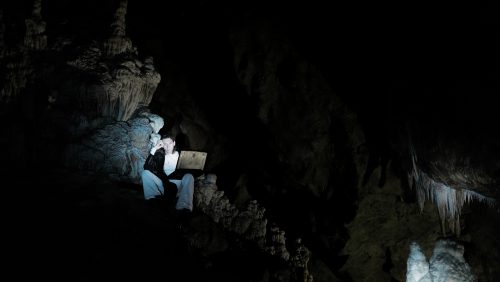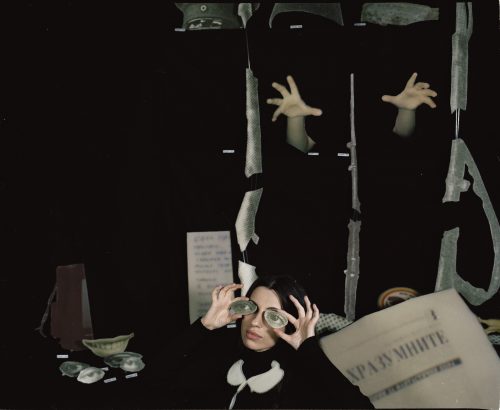
Nicolás Lamas
fluid minds

Installation view, Nicolás Lamas, fluid minds, 2025 | Courtesy of max goelitz | Copyright of the artists | Photo: Marjorie Brunet Plaza
Advertisement

Nicolás Lamas, Erored Codes, 2025, Human skull and silicon wafer | Courtesy of max goelitz | Copyright of the artists | Photo: Marjorie Brunet Plaza

Installation view, Nicolás Lamas, fluid minds, 2025 | Courtesy of max goelitz | Copyright of the artists | Photo: Marjorie Brunet Plaza

Nicolás Lamas, Abacus, 2024, MacBook and clay | Courtesy of max goelitz | Copyright of the artists | Photo: Marjorie Brunet Plaza

Installation view, Nicolás Lamas, fluid minds, 2025 | Courtesy of max goelitz | Copyright of the artists | Photo: Marjorie Brunet Plaza

Nicolás Lamas, What does the future for storage hold?, 2025, Refrigerator and diverse objects | Courtesy of max goelitz | Copyright of the artists | Photo: Marjorie Brunet Plaza
In fluid minds Nicolás Lamas proposes a speculative archaeology of the present, where the boundaries between matter, thought, and technology dissolve into a network of interdependent relations. Rather than offering a stable vision of the world, the works summon open systems – hybrid and in constant transformation. For the exhibition space, the artist designs a processual display that moves between construction and decay: a fragile architecture reminiscent of an archaeological excavation site, where traces of civilizational development become visible. The exhibition unfolds as a landscape of cognitive tensions, where history condenses into geological strata, ruins converse with techno-logical debris, and human identity is reconfigured in relation to invisible infrastructures and collective organisms. Within this environment, the works function as thought-devices: they activate connections, stretch concepts, and allow us to glimpse other possible forms of intelligence, memory, and coexistence. Lamas presents knowledge not as linear accumulation but as sedimentation, erosion, and recomposition. In this framework, swarm intelligence – inspired by the collective behavior of social insects such as termites, ants, or wasps – emerges as a central metaphor for rethinking modes of cultural, technological, and biological production. In contrast to the modern ideal of the autonomous, rational, individual mind, the exhibition proposes a more porous subject: a temporal node within an expansive network.With a heterogeneous materiality, ranging from bone remains to technological fossils and collaged photographs, Lamas questions the mechanisms of knowledge and historiography. In his works, intelligence is not understood as an isolated entity, but as an ecology shaped by interactions, encompassing various forms of knowledge and information storage that are not limited to humans. fluid minds offers a perspective on the world as a hybrid structure of matter, socialization, and overlapping temporalities.The exhibition opens parallel to the Gallery Weekend Berlin. Nicolás Lamas (*1980 in Lima, PE) works at the intersection of art, science, technology and everyday culture, combining diverse materials, life forms, technological artefacts and linguis-tic references. His sculptural assemblages deconstruct established views that determine the way we perceive, interpret and interact with the environment. By fusing and recontextualizing everyday fragments with historical artefacts, Lamas creates sculptures that blur temporal boundaries, appropriating archaeological aesthetics while drawing on digital technologies. He creates a dialogue between opposing forces to break down a strict division of disciplines and dissolve traditional notions of matter. Lamas creates a hierarchy-less interplay in which the relationship between the human body and organic, as well as inorganic matter is a recurring theme. Nicolás Lamas‘ most recent solo exhibitions were at the Cukrarna Gallery in Ljubljana (2024) at the Stedelijk Museum voor Actuele Kunst (S.M.A.K.) in Ghent (2021), and at FORMat in Amster-dam (2023). His works have also been shown at the Museum Moderner Kunst Stiftung Ludwig
2/2 (MUMOK) in Vienna (2022), MAAT Museum of Art, Architecture and Technology in Lisbon (2022), HOW ART Museum in Shanghai (2022), MAK – Museum für Angewandte Kunst in Vienna (2021), Kunsthal in Ghent (2021) and the Museum of Modern Art in Warsaw (2020).




